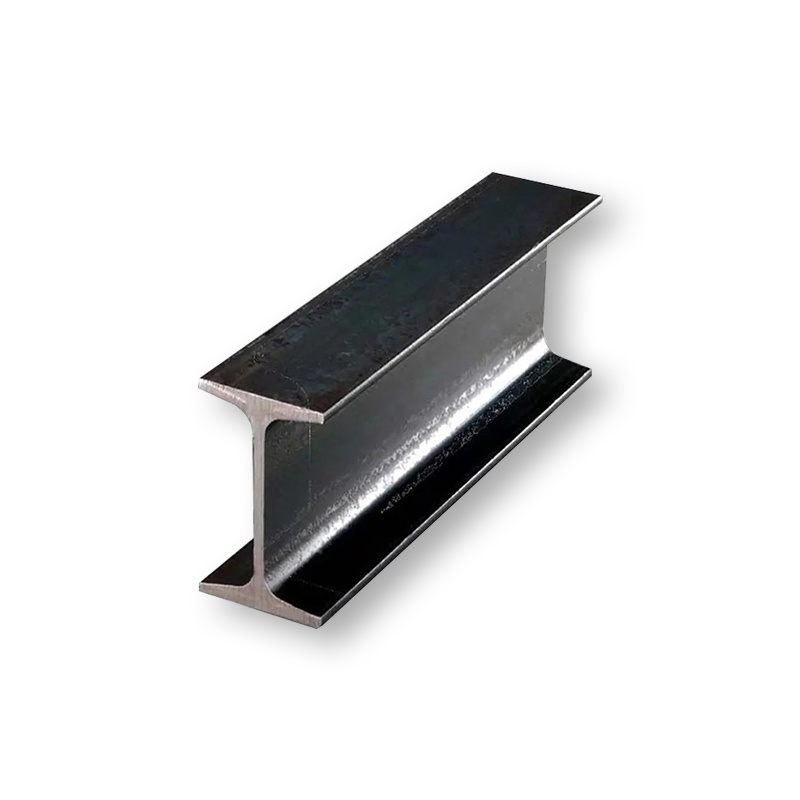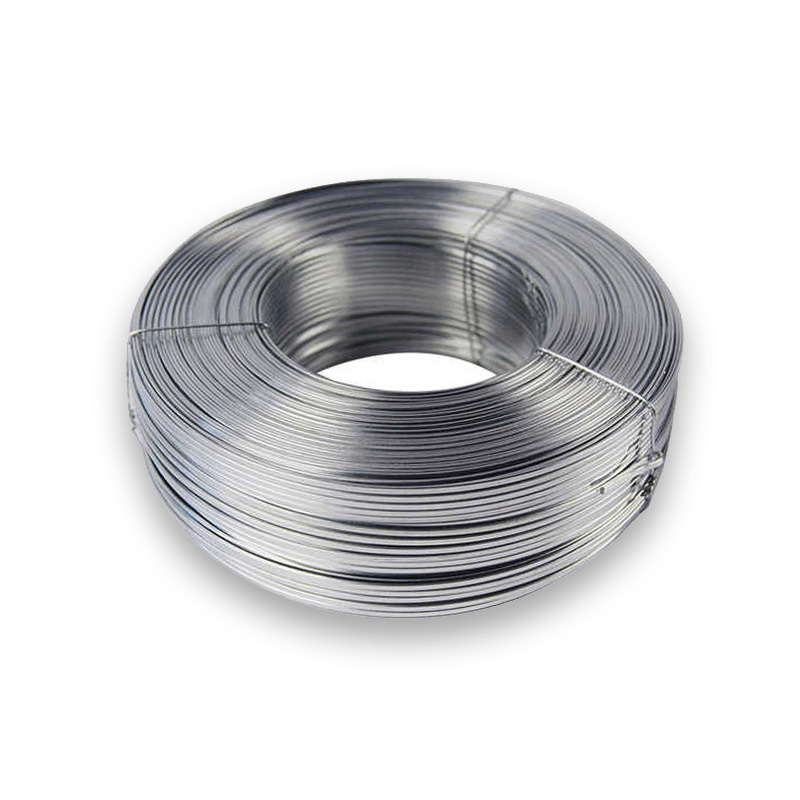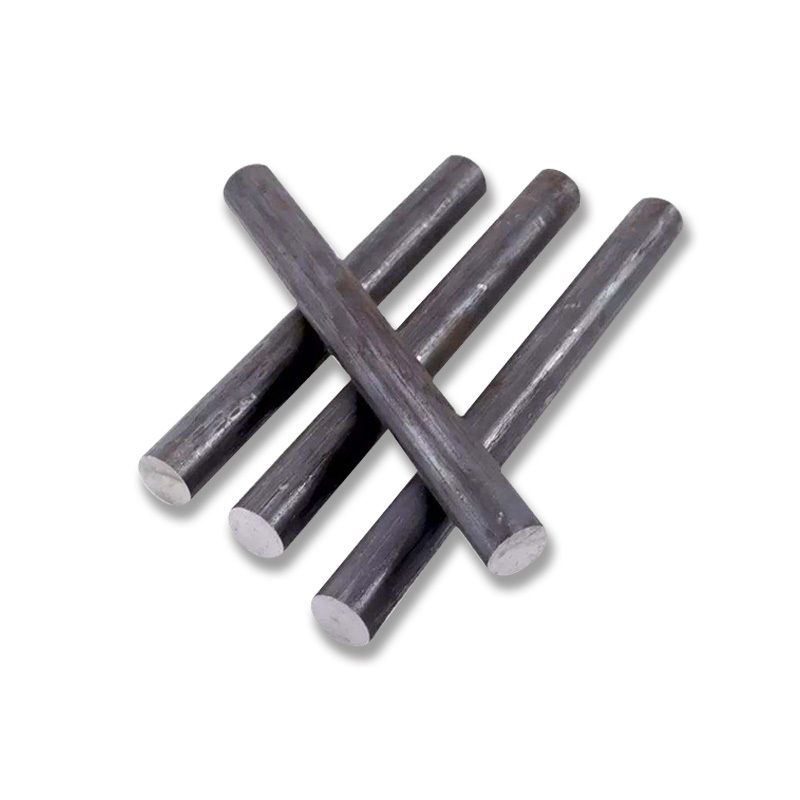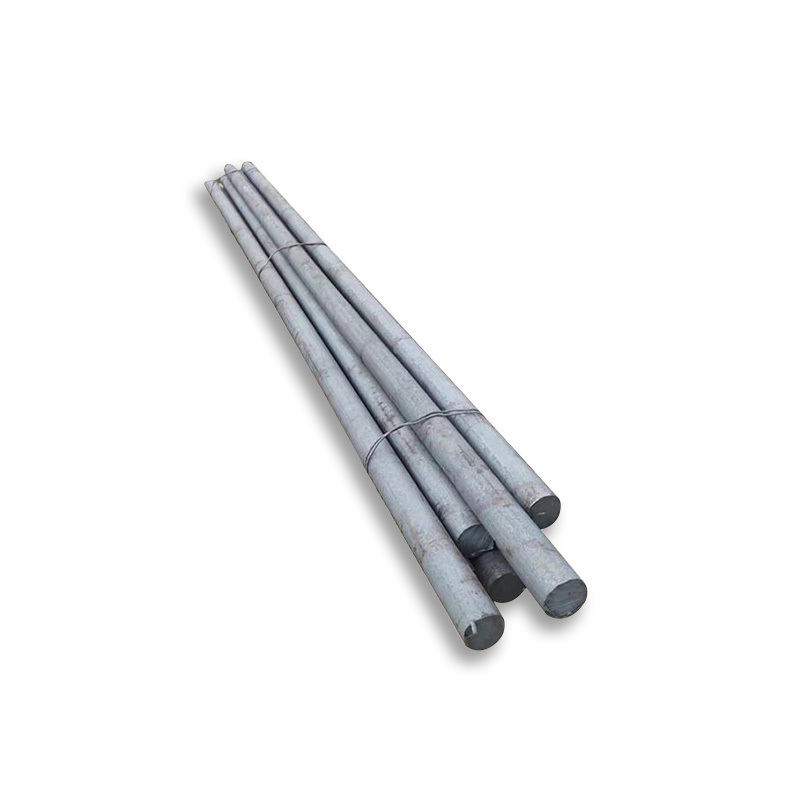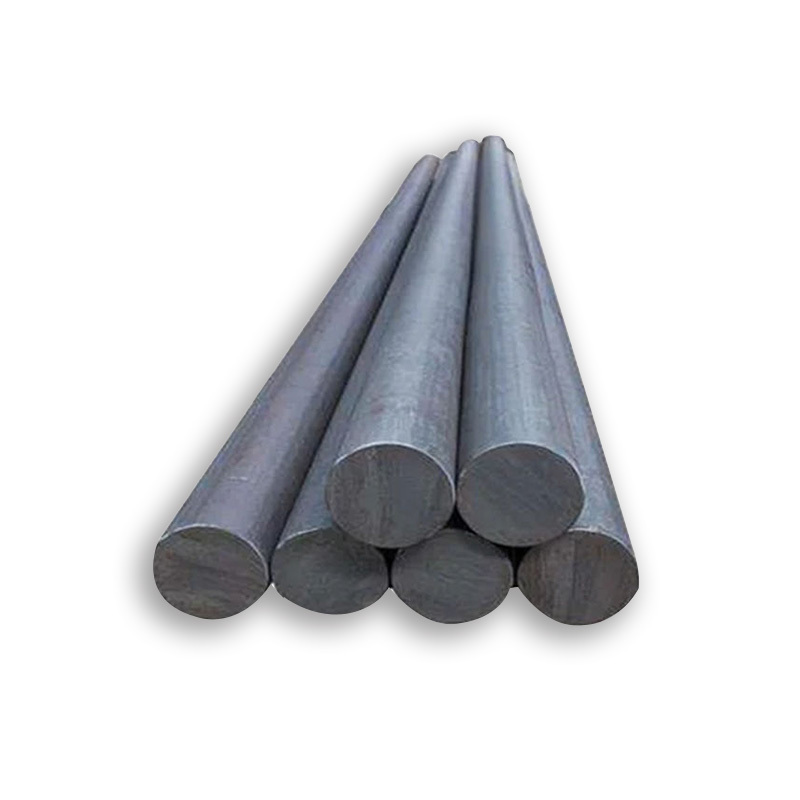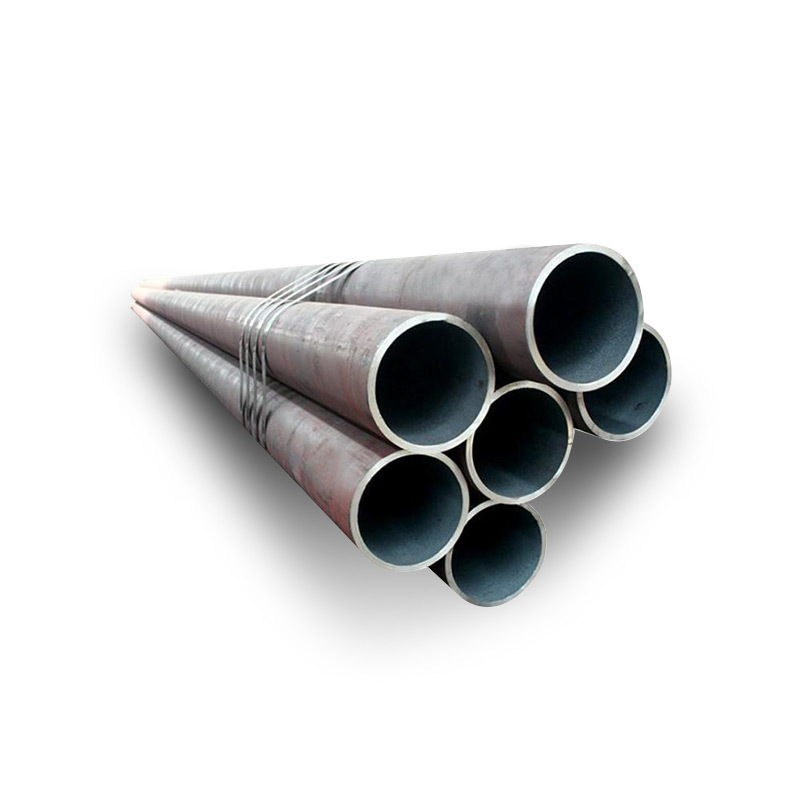PRODUCT CENTER
H-beam is a new type of steel for economic construction. H-beam has economical and reasonable cross-sectional shape, good mechanical properties, uniform extension of each point on the cross-section and small internal stress during rolling. Compared with ordinary I-beam, H-beam has the advantages of large cross-sectional modulus, light weight and metal saving, which can reduce the building structure by 30-40%. In addition, because its legs are parallel to the inner and outer sides and the leg ends are right angles, the welding and riveting work can be saved by 25%. It is often used in large buildings (such as factories, high-rise buildings, etc.) with large bearing capacity and good cross-sectional stability, as well as bridges, ships, lifting and transportation machinery, equipment foundations, supports, foundation piles, etc.
I-beam is mainly divided into ordinary I-beam, light I-beam and low alloy light I-beam. Ordinary I-beam and light I-beam flanges are thick on the web plate and thin on the outside. Ordinary I-beam, light I-beam, because the cross-sectional dimensions are relatively high, narrow, so the section of the two main sleeve moment of inertia difference is large, which makes it in the scope of application has a great limitation. The use of I-beam shall be selected according to the requirements of the design drawings.
A36 is a low-carbon steel containing trace amounts of manganese, phosphorus, sulfur, silicon and other elements such as copper. A36 has good weldability and high yield strength, and is the most specified structural steel plate by engineers. ASTM A36 is most commonly manufactured as a variety of structural steel parts. This grade is used for welded, bolted or riveted construction of bridges and buildings, as well as for general structural purposes. Due to its lowest yield point, A36 can be used to design lighter-weight structures and equipment, and provide good weldability.
Steel grade G10060 (SAE 1006) - low carbon material from which wire rod and round wire are produced in riots or cut rods. Standart: ASTM A510M. Standard specification for general requirements for carbon steel wire rod and round wire. Classification: Low-carbon steel.
A572 steel bars are lightweight, but have good strength, ductility and workability, making them ideal for structural applications. These characteristics make the A572 relatively simple to shape into different structures, while maintaining the ability to withstand large stresses and loads.
AISI/SAE 1018 Carbon Steel Bar
AISI 1018 carbon steel round bars are made of carbon steel, and its composition includes carbon, chromium, manganese, molybdenum, phosphorus, sulfur and silicon. Carbon steel SAE1018 rods are commonly used for shafts, pins, rods, spindles, sprocket assemblies and a wide range of parts. The 1018 bar can be finely processed without any difficulty, and its chips are hard and continuous, so it can be processed into all shapes.
AISI/SAE 1025 Carbon Steel Bar
1025 carbon steel is a steel that contains only carbon as its main alloying element. These steels also contain 0.4 percent silicon and 1.2 percent manganese. Small amounts of copper, nickel, molybdenum, aluminum and chromium can also be detected in carbon steel.
A213 Seamless Carbon Steel Pipe
ASTM A213 designates grades T5, TP304, etc. Grades with the letter H have a higher creep rupture strength than grades without H. ASME SA213 seamless pipe is chrome molybdenum alloy pipe. ASTM A192 is the same as ASME SA-192 and is the standard specification covering seamless carbon steel boiler and superheater tubes of minimum wall thickness for high pressure service.
A252 Seamless&Welded Pipe Piles
ASTM A252 is the standard specification for nominal-wall cylindrical steel pipe piles, where the cylinder acts as a permanent load-bearing member or shell to form a cast-in-place concrete pile. Welding mainly provides ASTM A252 submerged arc welded steel pipe piles for agricultural, construction and load bearing geotechnical applications. The ASTM A252 specification has three grades: Grade 1, Grade 2, and Grade 3, of which Grade 2 and Grade 3 are commonly used materials.



